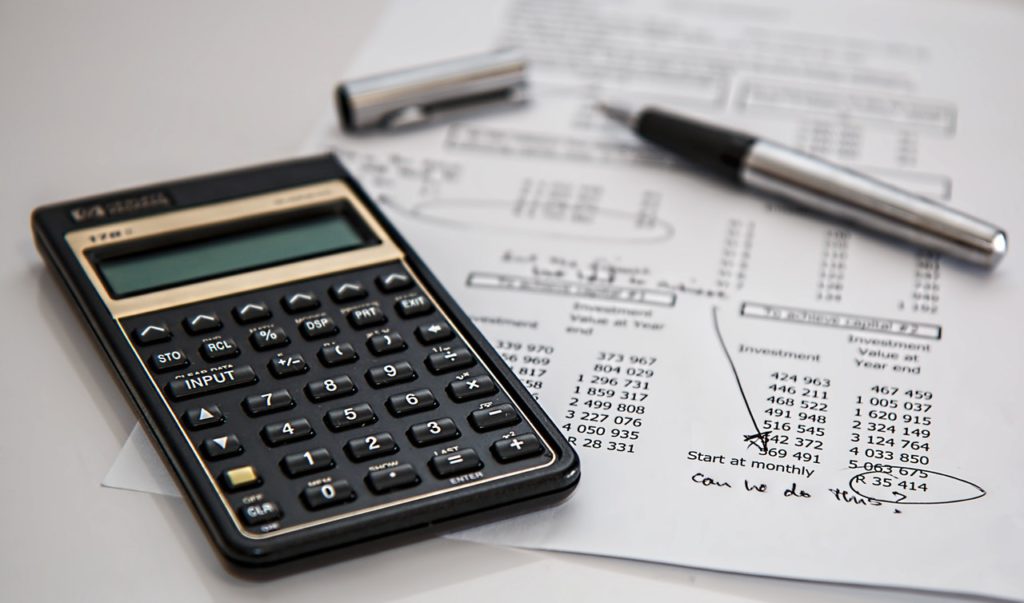
What is a Trial Balance?
Trial balance is a useful accounting tool for the accounting process of listing ledger accounts along with their respective credit or debit accounts. The purpose of doing this is to determine the balance between credit and debit amounts on record.
The first step of recording and interesting your financial results is The Trial Balance. It ensures error-free final accounts.
This article covers:
- How does a trial balance work?
- How do you prepare a trial balance?
- What are the methods of preparing a trial balance?
- How are accounts listed in a trial balance?
- How do you match a trial balance?
How does Trial Balance Work?
The trial balance is a statement of all debits and credits in a double-entry account book. Companies prepare a trial balance is to maintain a balance between credit and debit sum on a balance sheet. If they are unequal due to any reason, it will indicate an error that needs to locate.
Trial balance is the regular business process by the end of a reporting period to ensure the correct mathematical entries of accounting books during the financial accounting period.
The trial balance only shows if the credit or debit sums are equal or not. It does not point to other accounting errors, including the accountant’s mistake while recording amounts or classifying incorrect business transactions.
How Do You Prepare A Trial Balance?
For preparing the trial balance, the closing balances of the general ledger accounts are important. You also need to post all financial transactions to the journals and summarizing them on the ledger statements.
Steps for preparing the trial balance are:
- The first step is to make sure that all the ledger accounts are balanced. The difference between debit and credit sums gives you the balance.
- The next step is to prepare the worksheet, including eight columns. It includes the columns for account number, account name, debit, and credit balances.
- Transfer the account number, name, and balance for every ledger account to the trial balance worksheet.
- Enter the information in the respective columns.
- The next step is to add up the amount of debit column and credit column respectively. If their sums are equal, the trial balance is error-free, and you may close it.
- If there is a difference in the sum of credit and debit amounts, accountants will locate and correct the errors.
Some common types of errors are:
- Double entries
- Omission of entries
- Transfer of entries to the wrong account.
- Transposition error
- A mistake in transferring the balances to the trial balance
- Error in balancing an account
- Posting of the wrong amount in the ledger.
- Made the entry in the wrong column, credit instead of debit or vice versa
Due to an incorrect accounting entry you can have unequal debits and credits.
The difference between the sum of all the debit entries and the sum of all the credit entries from left column and right column respectively provides the balance.
What Are The Methods Of Preparing Trial Balance?
There are two general methods for preparing a trial balance. These are:
- Total Method
- Balance Method
1. Total Method:
It includes the calculation of debit and credit accounts separately. The total sum of both should be the same and needs to place in their respective columns of the trial balance.
2. Balance Method:
In this method, you only need to show the balances of all the ledger accounts in the trial balance.
How Are Accounts Listed in Trial Balance?
The listing of trial balance accounts should be in a specific order to help prepare financial statements. Following order should be followed:
- Assets
- Liabilities
- Equity
- Revenue
- Expenses
You need to list the assets and liabilities in order of liquidity to convert assets into cash to pay off the liabilities. It includes cash and short-term accounts receivable.
How Do You Match A Trial Balance?
A trial balance is to match all the entries properly. If the column totals do not match, it means that there should be an accounting error, and it is an unadjusted trial balance.
Meanwhile, you can use a temporary suspense account to match the trial balance totals temporarily. After locating the error, you can post the adjusting entries to the trial balance. Now it is an adjusted trial balance.
Trial balance can help minimize accounting errors, and accountants do not need to wait for a set period of time to prepare trial balances and assess their financial summaries and other accounting activities.
Browse our blog for more useful resources for your small business.
Related Articles:
- How Much To Charge For House Cleaning?
- What is the Direct Write-Off Method?
- What are Legal Requirements Needed to Start a Business? 15 tips for Start-up
- What Is a Write-Off? Definition and Examples for Small Business
- How does a Payroll System work?
- What Are Billable Hours? Time Tracking Tips To Get You Paid
- What is the Cost of Goods Sold (COGS)? | Calculation & Explanation
- What Is a Deferral? It’s Expenses Prepaid or Revenue Not yet Earned
- How to Calculate Break-Even Point (BEP)?
- What are Debit and Credit? (Accounting Basics)
- How to Calculate Retained Earnings?
